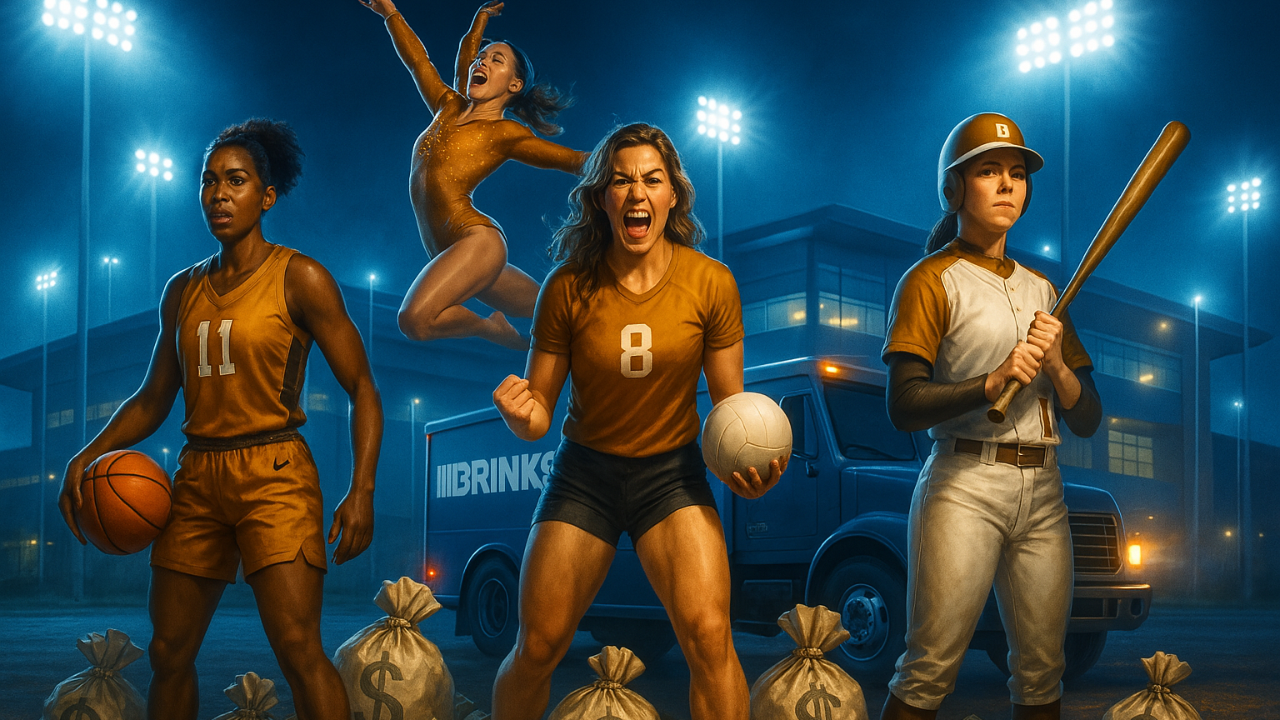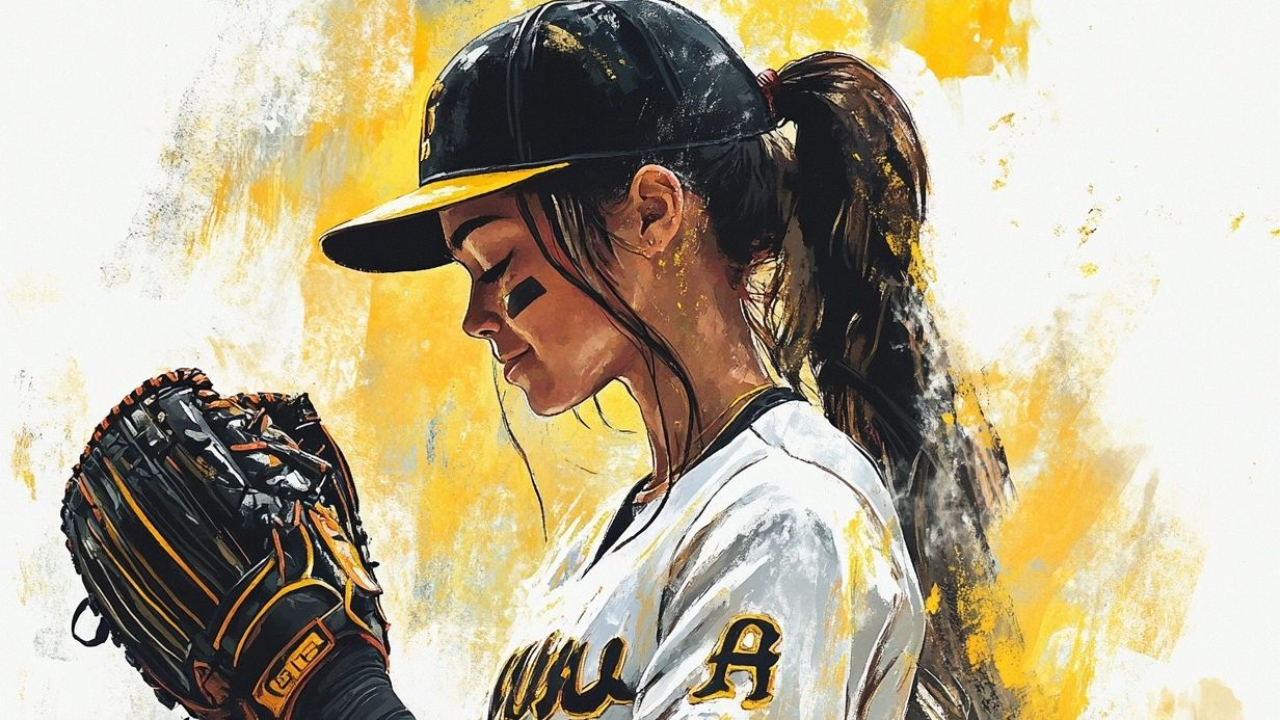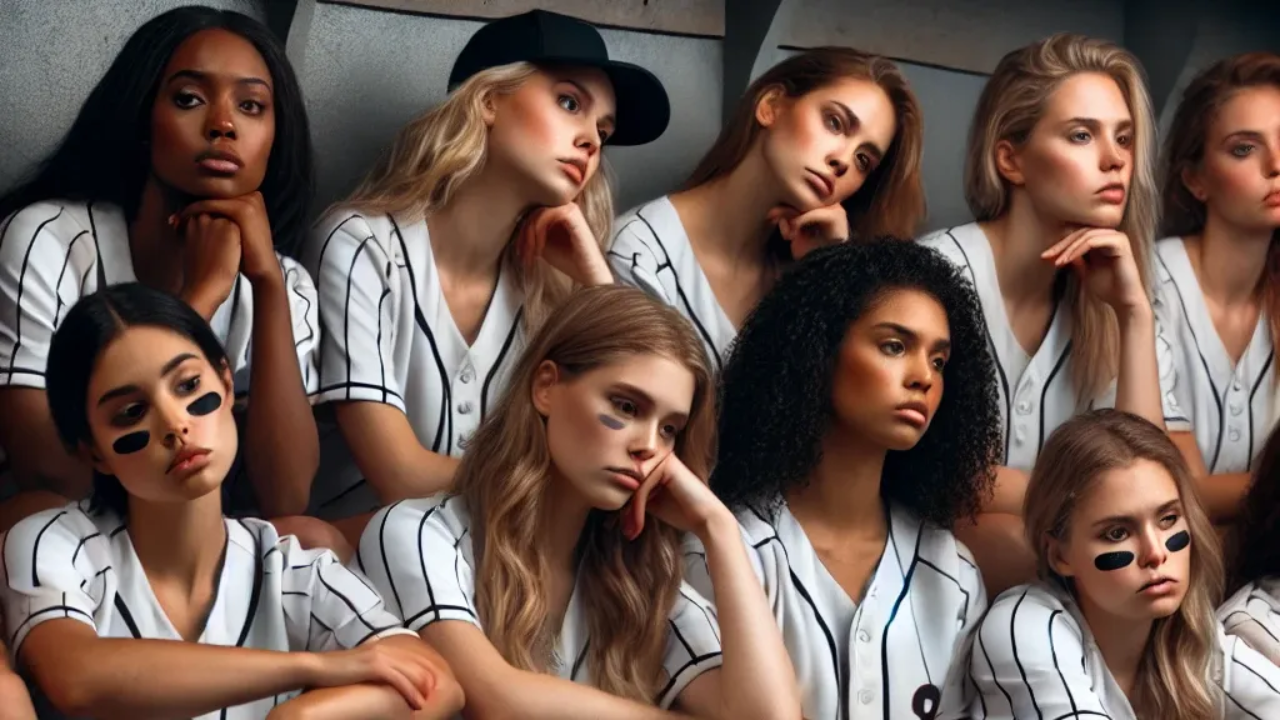The Attention Economy: Why Today's College Women Athletes Are Out-Earning Their Pro Counterparts
Apr 13, 2025
The Attention Economy: Why Today's College Women Athletes Are Out-Earning Their Pro Counterparts
A remarkable shift has occurred in women's sports economics: for the first time in history, many female college athletes are earning more during their NCAA careers than they can expect to make as professionals. This unprecedented reversal hasn't happened by accident—it's the result of strategic personal branding, social media savvy, and a fundamental change in how female athletes approach their market value.
As we examine the current landscape of women's NIL deals, one truth becomes increasingly clear: for female athletes, college may now be the financial prime of their careers rather than just the pathway to it.
Today's Top-Earning Women College Athletes
Livvy Dunne (Gymnastics, LSU - Senior)
Estimated NIL Earnings: $3.5+ million annually
Major Deals:
- Vuori (clothing)
- American Eagle
- Forever 21
- Motorola
- Sports Illustrated
- Barely Necessities
- PlantFuel
What Makes Her Marketable: With over 7.8 million TikTok followers and 4.5 million on Instagram, Dunne has built an audience larger than most WNBA teams combined. Her content strategy brilliantly merges gymnastics excellence with lifestyle content that appeals to Gen Z. Dunne has created a personal brand that transcends her sport, allowing her to secure partnerships across fashion, technology, and wellness categories.
Flau'jae Johnson (Basketball/Music, LSU - Junior)
Estimated NIL Earnings: $1.1+ million annually
Major Deals:
- Puma
- Powerade
- JCPenney
- Club Champion Golf
- Roc Nation (music)
What Makes Her Marketable: Johnson represents the perfect example of multi-dimensional branding. As both an elite basketball player and signed rapper (with Jay-Z's Roc Nation), she appeals to both sports and entertainment audiences. This dual career path has created unique partnership opportunities that wouldn't be available to athletes without cross-industry appeal. Her authentic storytelling about her late father (rapper Camoflauge) adds depth to her personal narrative.
Kiki Rice (Basketball, UCLA - Junior)
Estimated NIL Earnings: $800,000+ annually
Major Deals:
- Jordan Brand (first college athlete signed)
- Chegg
- Fanatics
- Buick
- American Eagle
What Makes Her Marketable: Rice's early business acumen showed when she became Jordan Brand's first NIL signing as a freshman. Her biracial background and thoughtful advocacy for diversity have attracted brands focused on inclusion initiatives. Being in the media hub of Los Angeles maximizes her exposure opportunities, while her polished communication style makes her appealing for brand partnerships requiring spokesperson roles.
Clark Eager (Volleyball, Wisconsin - Senior)
Estimated NIL Earnings: $700,000+ annually
Major Deals:
- Adidas
- Gatorade
- Bucked Up (supplements)
- Raising Cane's
- Bounty
What Makes Her Marketable: Eager has capitalized on volleyball's growing popularity, particularly in the Midwest where the sport draws massive crowds. Her authenticity on social media—showing both athletic excellence and her everyday college experience—has created a relatable persona. Eager's emphasis on nutrition and fitness content has attracted wellness brands looking for credible athlete ambassadors.
Hanna Cavinder & Haley Cavinder (Basketball, Miami - Seniors)
Estimated NIL Earnings: $2+ million annually combined
Major Deals:
- Boost Mobile
- Champs Sports
- WWE
- Baseline Team (supplements)
- Venmo
- Raising Cane's
What Makes Them Marketable: The Cavinder twins leveraged their identical twin status into a unique brand proposition that stands out in the crowded NIL marketplace. Their early adoption of TikTok (4.5 million followers) positioned them perfectly when NIL rules changed. Their entrepreneurial mindset extends beyond endorsements—they've launched their own products and invested their earnings. Their ability to create entertaining content together offers brands unique creative possibilities.
Paige Bueckers (Basketball, UConn - Senior)
Estimated NIL Earnings: $1+ million annually
Major Deals:
- Nike
- Gatorade
- StockX
- Crocs
- Cash App
- Chegg
What Makes Her Marketable: Bueckers combines elite play with exceptional articulation skills and thoughtful engagement on social issues. Her injury comeback narrative created a compelling story arc that resonated with fans and media alike. She strategically partners with brands that align with her authentic interests rather than taking every offer, creating genuine connections that resonate with her audience.
Cameron Brink (Basketball, Stanford - Graduate)
Estimated Current NIL Value: $1+ million annually
Major Deals:
- New Balance
- Beats by Dre
- State Farm
- Topps
- Chobani
- NIL management with WME
What Makes Her Marketable: Brink combines elite on-court performance with a sophisticated fashion and lifestyle presence. Her mixed-race background and advocacy work have attracted brands focusing on diversity initiatives. Her family connection to NBA star Stephen Curry provides unique storylines and visibility. Brink's academic excellence at Stanford adds intellectual credibility that appeals to premium brands.
JuJu Watkins (Basketball, USC - Sophomore)
Estimated NIL Earnings: $750,000+ annually
Major Deals:
- Nike
- Beats by Dre
- Starry (PepsiCo)
- Unilever
- Adidas (prior to Nike)
What Makes Her Marketable: As one of women's basketball's most electrifying young talents, Watkins combines on-court excellence with authentic personality. Her Los Angeles location maximizes media exposure and brand opportunities. Her community work in her hometown of Watts adds depth to her story and attracts purpose-driven brands. Her social media presence blends basketball content with relatable lifestyle moments that resonate with Gen Z audiences.
Why College Women Often Out-Earn Their Pro Counterparts
The financial inversion between college and professional earnings for women athletes represents a fascinating economic shift. Here's why many female athletes are earning more in college than they can expect as professionals:
1. The Attention Economy Favors College
Women's college sports—particularly basketball, gymnastics, and volleyball—often receive far more media coverage, attendance, and social engagement than their professional counterparts. The 2023 women's NCAA basketball championship drew 9.9 million viewers, while the average WNBA regular season game draws around 400,000-600,000 viewers.
This attention discrepancy creates more brand value for college athletes who compete on bigger stages with larger built-in audiences. The emotional connection fans have to college teams—often tied to alumni loyalty and regional pride—creates engagement levels professional leagues struggle to match.
2. Social Media Valuations Favor Youth Culture
The demographics that most heavily engage with social media align perfectly with college athletes' peer groups. College athletes naturally create content that resonates with Gen Z and young millennial audiences—precisely the demographics many brands are desperate to reach authentically.
Professional leagues often struggle with digital strategy, while college athletes intuitively understand platform-specific content that drives engagement. This native digital fluency translates directly to higher NIL valuations.
3. The Scarcity of Professional Opportunities Creates Urgency
The limited professional opportunities in women's sports create a "now or never" financial dynamic for college athletes. While the WNBA has just 144 roster spots and minimum salaries starting around $62,000, there are thousands of female college athletes who can now monetize their NIL rights.
This scarcity creates urgency for athletes to maximize their earning potential during their college years, knowing professional opportunities may be limited or non-existent.
4. Narrative Richness of College Careers
The natural storylines of college athletics—freshman phenoms, senior leaders, tournament runs, rivalries—create compelling narratives that brands can leverage. The defined four-year timeline creates natural story arcs that professional careers often lack.
These built-in narratives make college athletes particularly valuable for brand storytelling, as their journeys come with ready-made plots that resonate with audiences.
5. Multi-Dimensional Brand Opportunities
College athletes can partner with a broader range of brands than professionals, who often face league restrictions and category exclusivity deals. This freedom allows college athletes to build diverse partnership portfolios across categories that might be off-limits to pros.
Additionally, college athletes can leverage their student identity alongside their athletic identity, opening doors to education technology, academic services, and campus-focused brands that wouldn't make sense for professionals.
The Financial Reality Check: College vs. Pro
To understand the economic inversion in women's sports, consider these stark comparisons:
- The WNBA's highest salary for 2024 is approximately $242,000, while top college women basketball players can earn $1-3 million annually through NIL deals.
- The average NWSL (National Women's Soccer League) salary is around $54,000, while top college soccer players can earn six figures in NIL deals.
- Professional volleyball players in the U.S. often earn $20,000-$50,000 annually, while top college volleyball players can secure six-figure NIL portfolios.
This reality creates a situation where turning professional can actually mean taking a significant pay cut for many female athletes—a dynamic unprecedented in sports economics.
NIL Strategy: Focusing on What Matters
At our 80-20 Club, we emphasize that roughly 20% of your efforts produce 80% of your results. For collegiate women athletes looking to maximize their NIL potential, here's where to focus:
1. Platform Specialization Over Dispersion
Rather than trying to be everywhere, dominate one or two platforms where your authentic content resonates. Livvy Dunne focused primarily on TikTok and Instagram rather than diluting her efforts across every platform.
2. Identity Beyond Athletics
The highest earners all have clear personal brands that extend beyond their athletic achievements. Develop and communicate interests, causes, and personality traits that make you marketable beyond your sport's typical audience.
3. Content Consistency Over Volume
Successful NIL athletes maintain consistent posting schedules that audiences can count on, rather than posting sporadically. Quality and consistency trump sheer volume.
4. Strategic Partnership Selection
The most successful NIL athletes aren't saying yes to every offer—they're building strategic portfolios of complementary brands that authentically align with their personal interests and values.
5. Community Building Over Follower Counting
Raw follower numbers matter less than engagement rates and community building. Athletes who actively engage with their audiences build stronger communities that brands value more highly than passive follower counts.
Stay connected with news and updates!
Join our mailing list to receive the latest news and updates from our team.
Don't worry, your information will not be shared.
We hate SPAM. We will never sell your information, for any reason.



